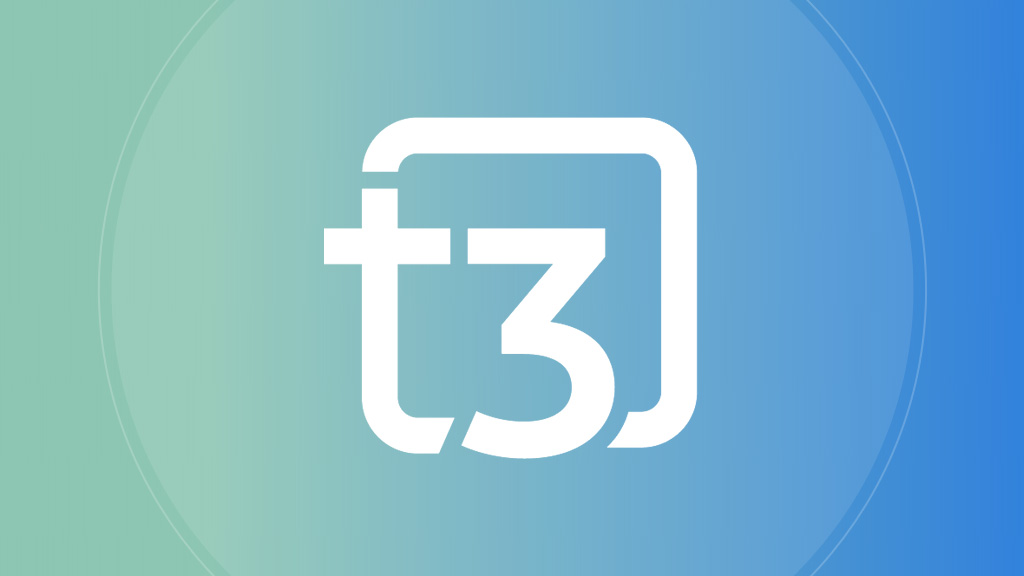Account Aggregation vs. Smart-Householding: Going beyond a view to action

Improved financial outcomes are what investors want and need when it comes to their household portfolio. However, some think simply aggregating the multiple accounts found in most households will help clients improve the chances of achieving their objectives.
Until recently, advisors haven’t had the wherewithal to coordinate multiple account registrations at the household-level in a risk-smart, tax-smart way. When done right, optimal implementation – and quantification – can significantly improve the likelihood of achieving client goals and the ability of the advisor to demonstrate real value across the full portfolio.
Account aggregation provides a view of an investor’s array of accounts. It’s simply a view. Given the challenge of managing different accounts and products (and their various tax treatments) while maintaining a target asset allocation, it is nearly impossible to optimally implement across all the accounts in a portfolio.
Let’s go further and look at how smart householding maximizes investment outcomes to make more effective presentations and build an optimal practice that creates alpha for clients versus account aggregation alone.
A look into aggregation
Account aggregation provides a look at the household using a single list view. Drilling down, we see investors accumulate assets haphazardly, purchasing different products at different times from different advisors. There’s little attention to asset location or the household-level asset allocation. In order to create real benefit for the investor, experienced advisors optimize and coordinate all the accounts in a household portfolio in a comprehensive and quantifiable way. That’s cost-smart, risk-smart and tax-smart household management.
Operationalizing household-level management
Smart multi-account or household-level management takes the aggregated view a giant step further by suggesting actions that will improve asset location and maintain the target asset allocation. Additionally, it suggests how to sequence trades to effectively operationalize smart household-level portfolio management.
Effective household management creates a road map to improved outcomes by coordinating an investor’s full portfolio to optimize cost, risk, and tax. It happens when a portfolio comprised of different investment vehicles and protection products held in different account registrations (such as taxable and tax-qualified accounts) are managed in a coordinated and optimal fashion. Effective householding will continue to differentiate advisors who incorporate this approach and enable them to demonstrate the value they bring.
Creating your ideal outcomes
LifeYield assists in setting up the optimal asset location and benchmarks the tax-efficiency of a household’s portfolio using the Taxficient Score®. Basis points of improvement are projected to show how much more in dollars and cents a client will save over time, considering cost, risk and, of course, tax.
By looking across all the accounts from the lens of asset allocation (risk) and asset location (tax), an optimal household-level proposal is created, providing an actionable sequence of recommendations advisors can use with clients to illustrate the improvements being made. Household models can be configured to fit a firm’s needs while also benefiting from unique location optimization and tax efficiency. From there—it’s just monitoring targets and results.
Being able to demonstrate value through actions that result in quantifiable improvement is what really differentiates top advisors. As these tangible financial results are demonstrated, advisors attract and retain assets and clients while growing referrals and a happy client base for the long term.
Monthly insights from our Chief Growth Officer, Jack Sharry
Get exclusive insights and interviews from around the industry
 By
By 




